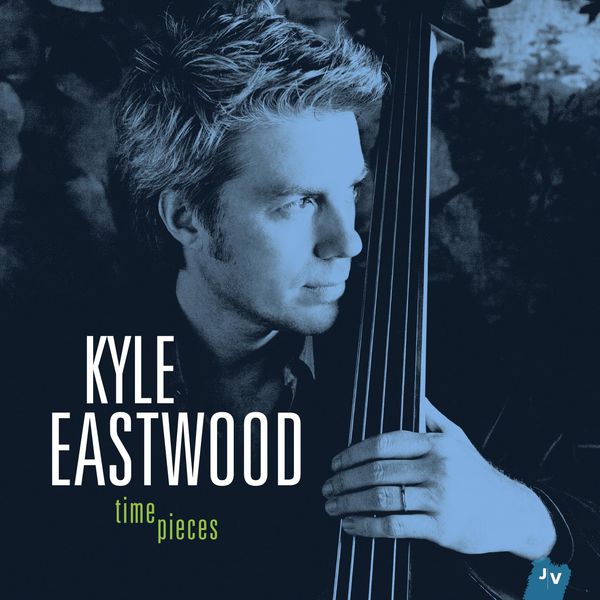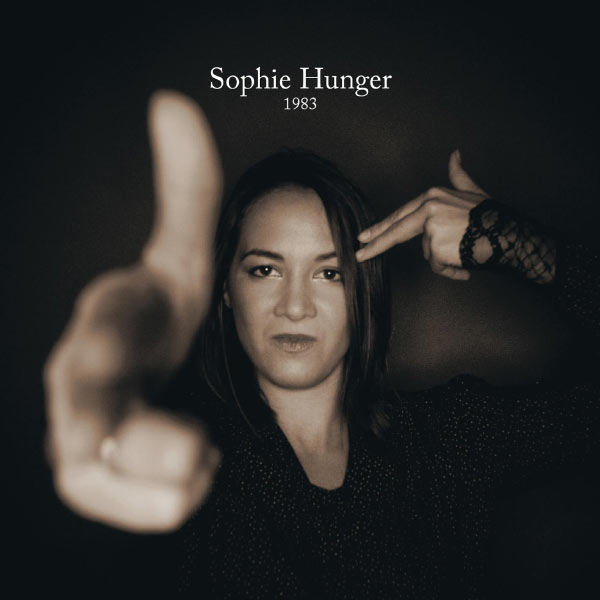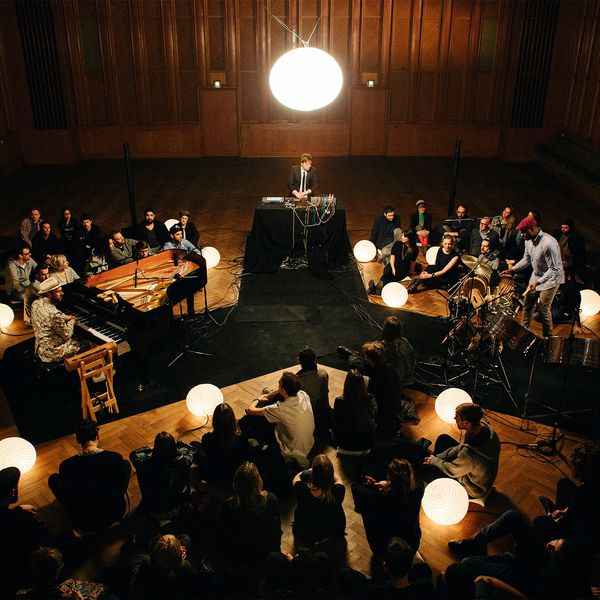I initially targetted the end of year break to enjoy music and my system as the 2020 second half have been quite challenging in terms of workload. Selection of new albums, slot booked with a friend to make some small tests, everything was ready till…….Dominique (well know as Le Dom on the french forum Forum-Hifi shared with me just before christmas, his latest test around a very strange thing : Diretta.
The challenge was quite easy as the test was “only” requesting a small 2nd PC to test this “thing”. So, what is Diretta ? As you would read on this link, it is supposed to be a new communication protocol through ethernet designed for High End Audio. You would tell me, yes but there is already like Ravenna (audio over IP), and lot of people are “playing today” with dedicated “audiophile switches, spending hours in testing ethernet cables….you are right but let’s move forward.
In a nutshell, Diretta is summarizing the philosophy of this protocol like below :
By means of Diretta, we would like to propose an answer to this problem. Please suppose that a player with an analog part is the Target and that a server with storage, etc., is the Host.
The Target and the Host are designed based on separate concepts.
With regard to the Target, processing is minimized and simplified to enable averaging. The Target is configured by means of simple processing, like hardware processing by FPGA.The Host operates in synchronization with the Target to average processing by the Target. Packets are transmitted as often as possible at constant short intervals in order to average processing.The transmission is controlled by forecasting Target buffers.
In this way, fluctuations in power consumption of a player as the Target is averaged as much as possible.

In short, Diretta is averaging transmission/processing between a host PC under windows (Windows 10 or Windows 2019 Server are fine) embedding an specific ASIO driver, and a target running through a specific USB key embedding a specific Linux-based OS. This architecture and this protocol are then said to improve the sound quality (SQ). They are already onboarding few partners like SPEC, Luxman, fidata, Sforzato…
So what is the shopping list to test this protocol :
- a host PC
- running under Windows (10 or 2019 Server) in order to support the ASIO driver installation
- with 2 ethernet NIC in order to be connected to the standard audio network under IPV4 and the other NIC connected directly to the target PC in IPV6.
- this PC should be powerful enough in order to run the servers with the ASIO driver. Servers can be Roon, foobar, JRiver, audirvana, HQ Player….
- a target PC
- that does not need to be really powerfull
- with at least one NIC to be connected to the host PC in IPV6
- with at least one USB port in order to be linked to a comaptible DAC (DAC already tested : https://support.diretta.link/doku.php?id=usb-dac)
You can also understand easily the limitations of the approach :
- Only Windows is an option at this point of time (No linux, MAC OS based, neither NAS are an option (except if you are using fidata NAS, at least)
- You need to have a DAC allowing USB connectivity.
- You are adding one box (Target) to your setup.
You can make directly some requests to Diretta to obtain a trial version of the Target USB Key which is embedding the Linux-based OS and if you want to go further and buy it, the price is around 499€. Udpates are managed through OVA “Over the Air” through the ASIO configuration board.

This control panel is used to connect the host (Interface Ethernet) to the target (connected target). When connection is established, you can start to play on the different parameters (Profiles, buffer, latency,…) to impact the sound keeping in mind that default parameters and “TargetProfile” is already a good starting point.
From my side, i just installed the ASIO driver on my Windows 2019 server and used my usual “NAS” running under OpenmediVault (Asus P10S-i + Xeon E3-1260L) where i put the “Target USB Key” and added a JCAT USB XE card. My DAC was automatically recognized and i can play without any problem files till the compatibility of my DAC : 24/384kHz and DSD 128. I started the tests with 2 different servers : Audirvana and Roon. Both of them automatically detected the Diretta ASIO and allow a direct play. In a nutshell , the installation is quite simple, direct and straightforward.
I must say that these tests were for me like a nice challenge as i stopped using USB few years ago focusing on ethernet streaming between my streamer and my server. I know that the USB interfaces improved a lot in the past years and the integration in the DAC is also improving but….i still had in mind how painfull it could be to make some products work together through USB (Innuos Zenith SE MK2 and Mutec MC3+ USB, Auralic Aries and all Totaldac DAC,….) as sometimes you need to add 5V supply, or remove,…..for example.
Concerning the listening sessions, i would say that the impact, even with a setup i would consider as quite optimized in simple modesty, is jumping straight to the ears. The impact is on different aspects :
- bandwidth seems larger especially improved in the lower ranges with more impact and higher resolution,
- the scene is improved in terms of depth, more 3D. The singers during live sessions are really close to you,
- the voices and notes have more weight especially on piano where you can go to high treeble without agressiveness and higher bass as pianos can deliver on some specific recordings,
- More space everywhere.
In some case you can wonder if it is not a “waouhhh” effect and if everything is not systematically the same. After more than 7 days of extensive listening sessions (thanks to holidays), i can clearly say that this Diretta protocol is bringing more, without any systematic restitution and with everytime an improved joy to switch on the system.
The only configuration i was not able to run is with HQ Player (DSD upsampling) + Roon : the sound is hashing every few seconds and i assume it could be linked to the workload requested to my xeon-based server.
As a conclusion, what was supposed to be a test, is becoming my new setup and i decided to invest in the official “Target USB Key” as it seems the new versions are still improving from SQ stand point. Finally this test is easy to put in place and a lot of french forumers already tested on “off the shelf devices” and were impressed by the impact of such protocol. This is clearly an approach for geeks and DIY but solutions from the market are going to be ready soon using some modules developped by Diretta (Lucia).
Below you would find the list of few titles used to evaluate Diretta :

Birdy – Piano Sketches 
Eline Duni – Lost Ships 
Katie Melua – Live in Concert 
Olafur Arnald – Some Kind of Piece 
Kyle Eastwood – Letters from Iwo Jima 
Aaron – Unplugged 
Christophe – Intime 
Sophie Hunger – Le vent nous portera 
Live at Funkhaaus Berlin 
William Scheller – En solitaire 
Manu Delago – Circadian 
Alisa Weilerstein – Solo 
Michel Jonasz – Trio 
Avishai Cohen Triveni – Dark Nights
If you want to learn more about Diretta, i encourage you to go through the following links :
- Diretta Facebook : Link
- Diretta Users Facebook : Link
- Diretta Documents : Link
- French board : Link
- Youtube video in Japanese but with nice slides : Link
- Diretta FAQ consolidation : Link
Do not hesitate to participate to the discussion on the forum : Link

Pingback: [English] Test of the SPEC RMP-UB1, the Diretta USB Bridge from SPEC - Le Son de chez Patatorz...& Friends
Pingback: Diretta : De quel matériel avez-vous besoin / Guide d'installation - Le Son de chez Patatorz...& Friends
Pingback: Diretta : essai du target de chez Spec Corporation, le RMP-UB1 - Le Son de chez Patatorz...& Friends
Pingback: [English] Diretta : What piece of hardware you need and how to setup the configuration - Le Son de chez Patatorz...& Friends
Pingback: Riser : un accessoire de qualité est toujours important - Le Son de chez Patatorz...& Friends